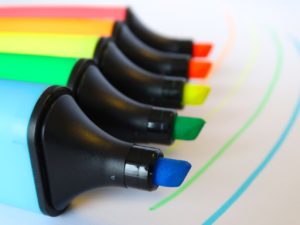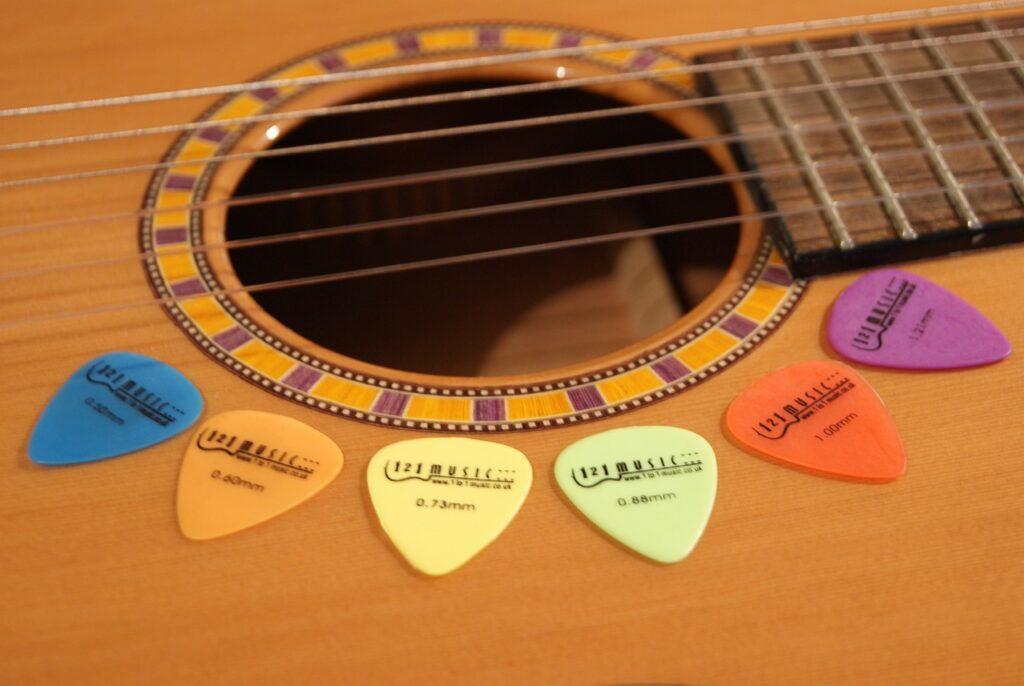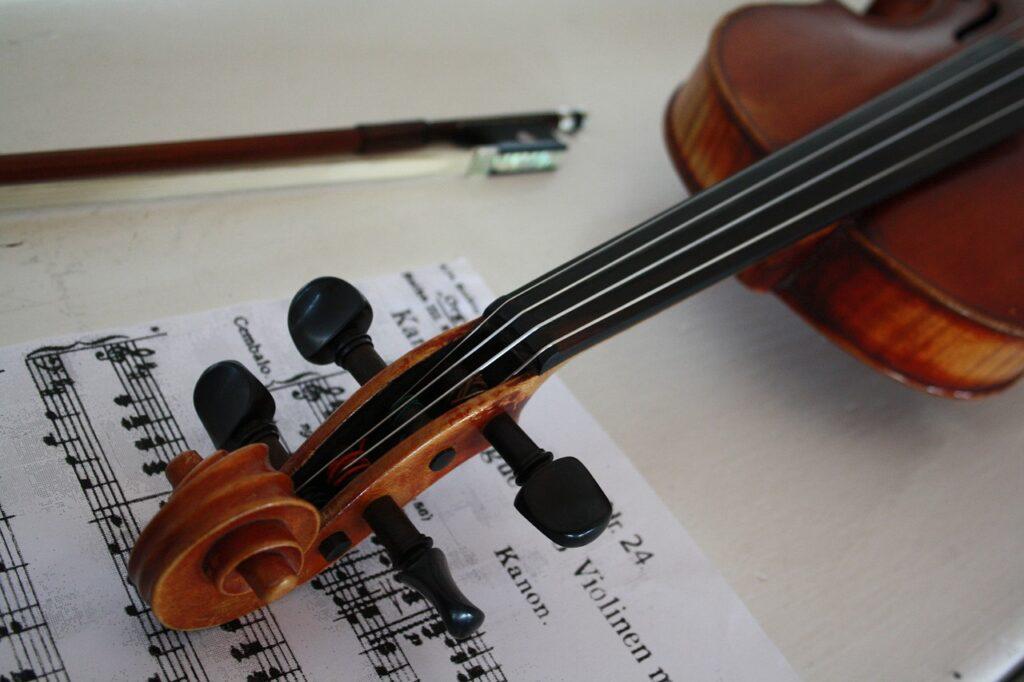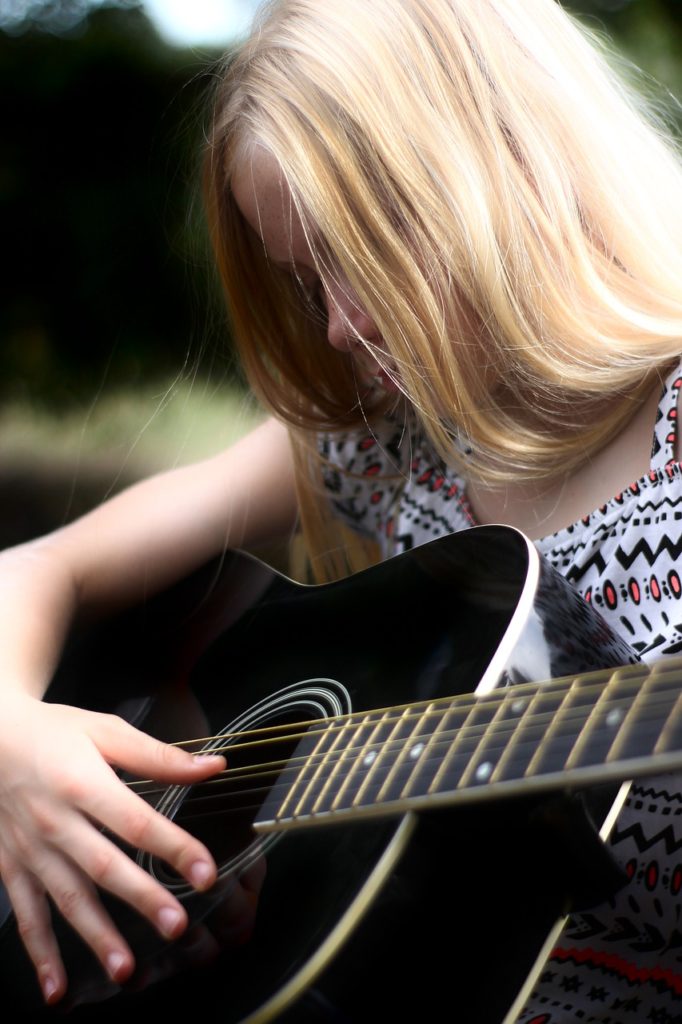Color

The archive contains posts about using color to teach music.
Color in Teaching
How does color help to teach music? Many studies have shown using pigment is a good teaching tool. For instance, Berry found that tinted charts helped college students effectively learn the parts of the heart. Likewise, Chute stated that grade school students scored higher after viewing a color film versus a black-and-white film.
Many other sources found pigmented materials a helpful teaching aid:
- Gattegno (1963)
- Pollock (1965)
- Goldenberg (1970)
- Papy and Papy (1970)
- Green (1970)
- Bradford (1974)
- Burns (1975)
- Ewbank and Ginther (1975)
Likewise, a number of subjects in school use it, such as:
- Early readers, leveled readers, and some early chapter books
- Language arts, writing, phonics, and spelling books
- Math books
- Science books
- Geography books
- History books
- Music books
- And, of course, art books
Using pigmented materials, even without color coding, remains helpful for holding a student’s attention, because it makes learning fun and engaging.
However, the true power of color happens when using color coding, because it makes the relationships in the teaching materials clearer.
In music, Rogers stated that students preferred working with pigmented music notes over unpigmented notes. This is because the students found it simpler to read. “… 65% of all subjects favored the color coded notation as easier to play” (72).
This remained true for rhythmic notation as well. “…nearly 80% of the students preferred the experimental [pigmented] notation” (23).
The following posts talk about how to color code notes (for distance teaching), rhythms, and much, much more.
© 2021 Geoffrey Keith
Back to the Successful Music Student Blogs page
Do you naturally problem solve intuitively? Do you want to understand how insight problem solving works? Whether you’re in science, engineering, the arts, or business, those “eureka” moments can be game changers. Keep reading “Insight Meaning and Examples of Insight Problem Solving” to learn how it works. Estimated reading time 3 minutes.
Does your child want to learn how to play the piano? Do you want to know the best way to teach piano hand placement? Finger placement on the piano keyboard is an important skill that should be taught at the earliest stages of learning. Keep reading “How to Play Piano (Kid’s Color Coded Piano Hand Placement)” to learn how it works. Estimated reading time 3 minutes.
Have you ever wondered if you’re gifted and dyslexic? Or are you a parent of a child who’s gifted and dyslexic and want more information. Sometimes it can be difficult to recognize giftedness. Ronald Davis states, “This would commonly be recognized as daydreaming or simply not paying attention. The student is actually paying attention but has shifted to an imaginary world that is more interesting” (“The Gift of Learning” 38). How is this a sign of giftedness? Keep reading “The Gifted Dyslexic and Insight Learning” to learn about the last of our four dyslexic strengths. Estimated reading time 3 minutes.
Do you have a special needs child who loves music? Are you confused about the difference between music therapy and music lessons? The goals for music therapy won’t be the same as for music lessons. Keep reading “Music Therapy vs Music Lessons” to help you decide which is best for your child. Estimated reading time 2 minutes.
Are you a music teacher who has a student with amnesia, Alzheimer’s, or stroke? All three conditions can have a profound effect on a person’s life. If we do our jobs well, we can help them improve their quality of life. Read more to learn how color coding music can help students with amnesia, Alzheimer’s, and strokes. Estimated reading time 4 minutes.
Music teachers: do you have students who show musical talent and giftedness? Do you need some information on how they learn? With musically gifted and talented students, just like any other students, you need to meet them where they’re at, making the adjustments in their playing based on what you see. That way, they can become better students than before they came to you. Keep reading to learn more about musical talent and giftedness. Estimated reading time 4 minutes.
“What are some signs of a twice exceptional (2E) child?” Children with both giftedness and learning disabilities are called twice exceptional. In other words, twice exceptional children will pick up some things really quickly – much more quickly than typical learners. However, with other things they will lag way behind their typical learner peers – sometime by a significant amount. Read more to learn the signs of a twice exceptional child. Estimated reading time 4 minutes.
Are you a teacher of an autistic guitar student? Each student has a unique learning style. Autistic students are no different, which means you need to be flexible when teaching kids on the autistic spectrum. Read more to get tips for teaching an autistic child the guitar. Estimated reading time 2 minutes.
Do you teach music lessons? Do you want advice on teaching a music student with ADHD? Teaching music students with ADHD (attention deficit hyperactivity disorder) can be challenging. However, some basic information will make it much easier. Keep reading to get the teaching tips. Estimated reading time 3 minutes.
“What do you think of the Chord Buddy for special needs guitarists?” I first heard about using the Chord Buddy with special needs students from Sarah Fard at the 2019 Able Assembly. However, I’ve found it works better for some students than for others. Read more to find out who benefits. Estimated reading time 3 minutes.











